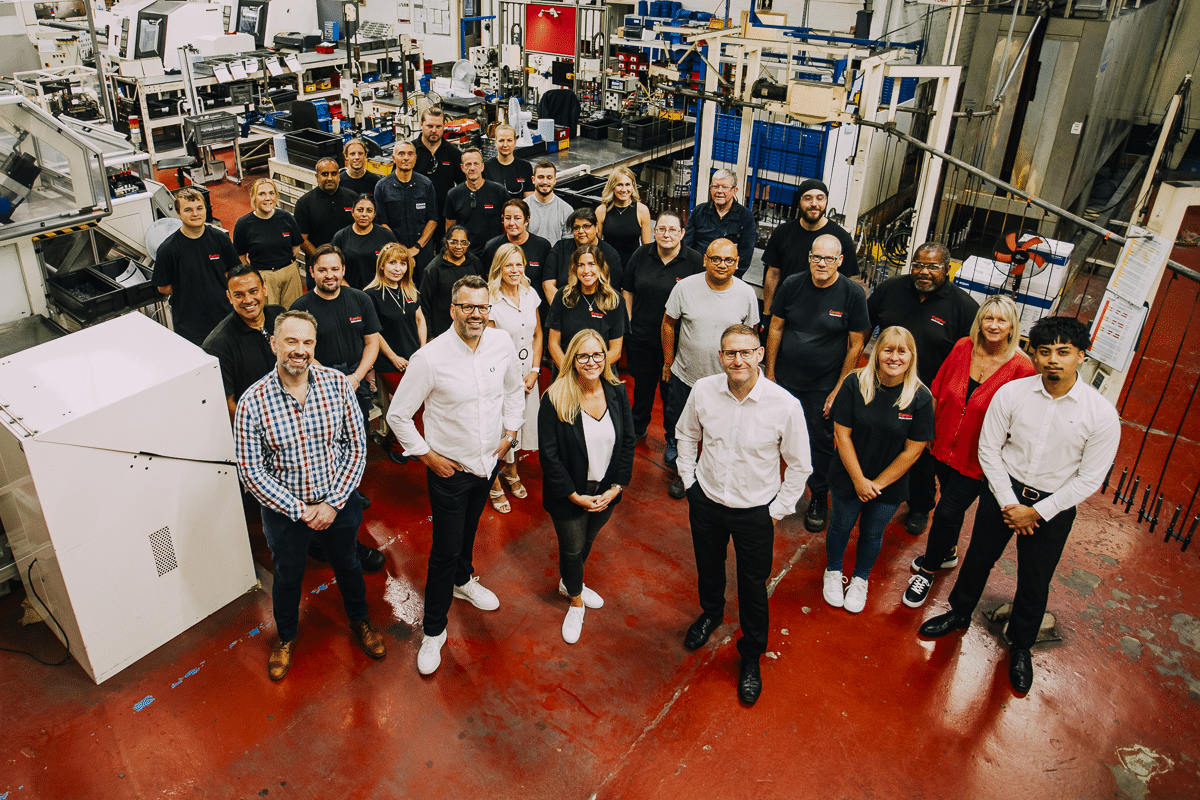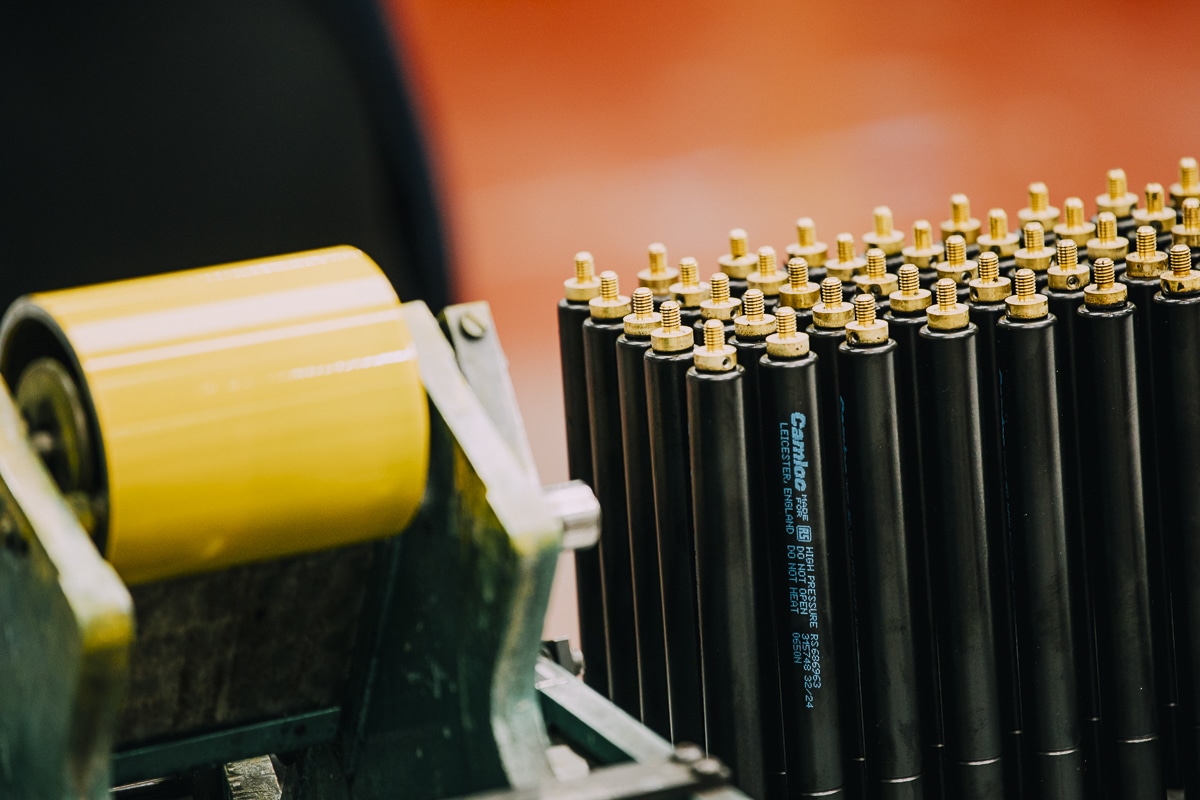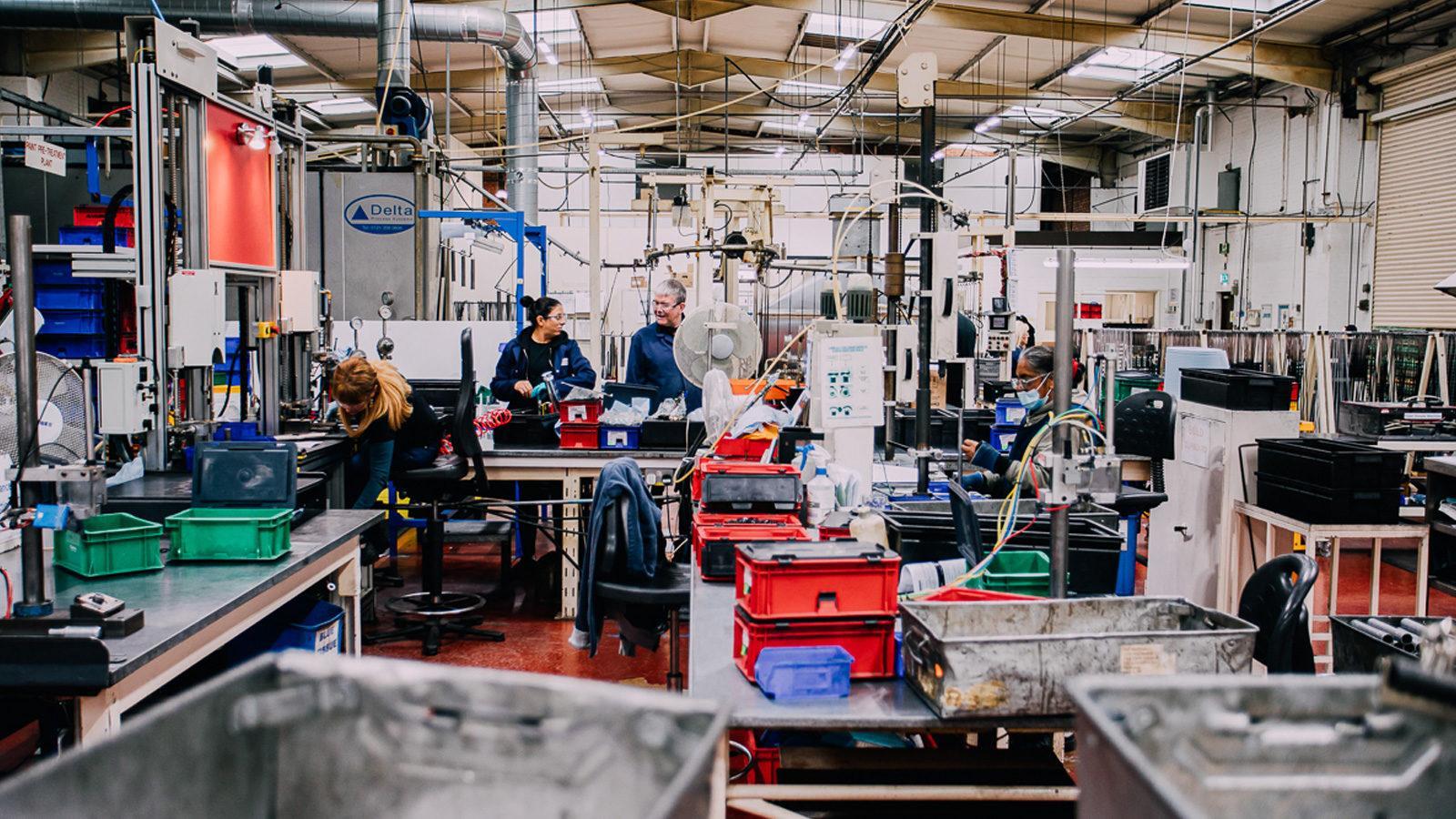But first, a little about gas springs
The basic principle of a gas spring is the same as for any mechanical coil spring. This is because it is a device designed and created to store energy. However, rather than straining the material that makes up the coil spring, a gas spring stores energy by compressing the nitrogen gas contained inside it. When you store energy like this successfully, you can then use it to your advantage in your project or equipment.
Although a gas spring looks similar to a pneumatic or hydraulic cylinder, it is different because it does not require an external energy source to create movement. A gas spring is a closed system and, once manufactured and charged with inert nitrogen gas, no further gas is introduced to the system for it to operate.
Designing the ideal gas spring for a project
As gas spring designers, when we begin sizing a gas spring for a customer, there are two fundamental questions we consider:
How heavy is the item to lift? (i.e. what force is required)
How far does it need to move? (i.e. what stroke length is required)
As a rule, the greater the mass to be moved and/or the greater the distance it needs to move, the bigger the spring diameter needs to be.
How to maintain your gas springs
Here is a list of a few things we recommend when mounting our gas struts.
- Do mount our gas struts in pairs to prevent side loading.
- Do mount our gas struts rod down to ensure the main rod seal is lubricated at all times. This ensures that the oil is in the correct position to allow you to benefit from our end of stroke damping. When releasing pressure from your Vari‐Lift gas springs, always let the gas out in small amounts, that way you are less likely to de‐gas the struts past the pressure you require.
- Do store your gas springs rod down.
- Do ensure that all our end fittings are fully screwed down on to the gas springs as this will reduce the chance of the threaded studs being broken off during operation.
- Do use ball joint end fittings wherever possible, as this will reduce the risk of side loading the gas springs. Whenever using ball joints, ensure the ball joint studs are screwed into the application all the way up to the spanner flats.
It is always recommended when a heavy object is being lifted to allow an operator to gain access underneath it, that an Econoloc gas strut is used. This is to ensure the operator’s safety in the event that the gas springs are overloaded or misused.
- Do not apply solvents to the gas struts as this can wash the lubricating oil off the piston rod and also degrade the seals, which can cause the seals to fail prematurely.
- Do not paint the gas struts as this could transfer on to the piston rod, which may pass the main rod seal of the gas spring and cause the seals to fail.
- Do not grip the piston rod in any way as grooves or damage can cause oil and gas to leak out of the gas strut.
- Do not apply anything to the piston rod as this can cause the main rod seal to fail during cycling.
Never pierce or heat gas springs as they act as a pressure vessel. When used correctly and manufactured to our strict manufacturing and engineering procedures, gas springs are very safe.
Where Camloc come in
We manufacture a wide range of product types which help with lifting, lowering and counterbalancing weights. Our customisable products meet the needs of each and every product or application. This service runs throughout the project, from design and testing, to manufacture and distribution.
Our continuous commitment to quality means we always meet the highest industry standards through a product range that is manufactured here in the UK. Our location also enables us to provide short delivery lead times, and a promise to deliver your order on time and within budget.
Whatever you are trying to achieve with gas struts, our team of experienced engineers are on hand to help you succeed, every step of the way.



